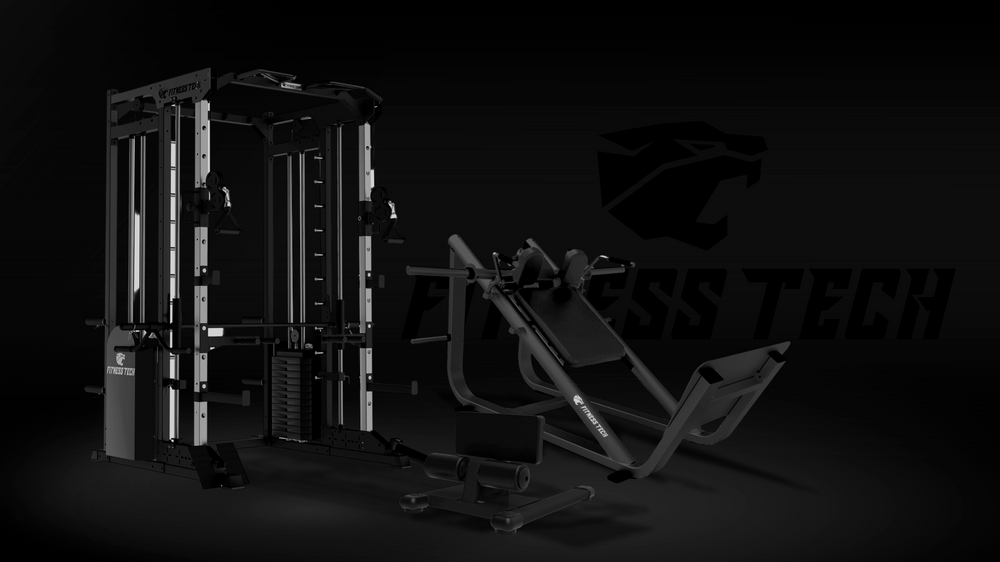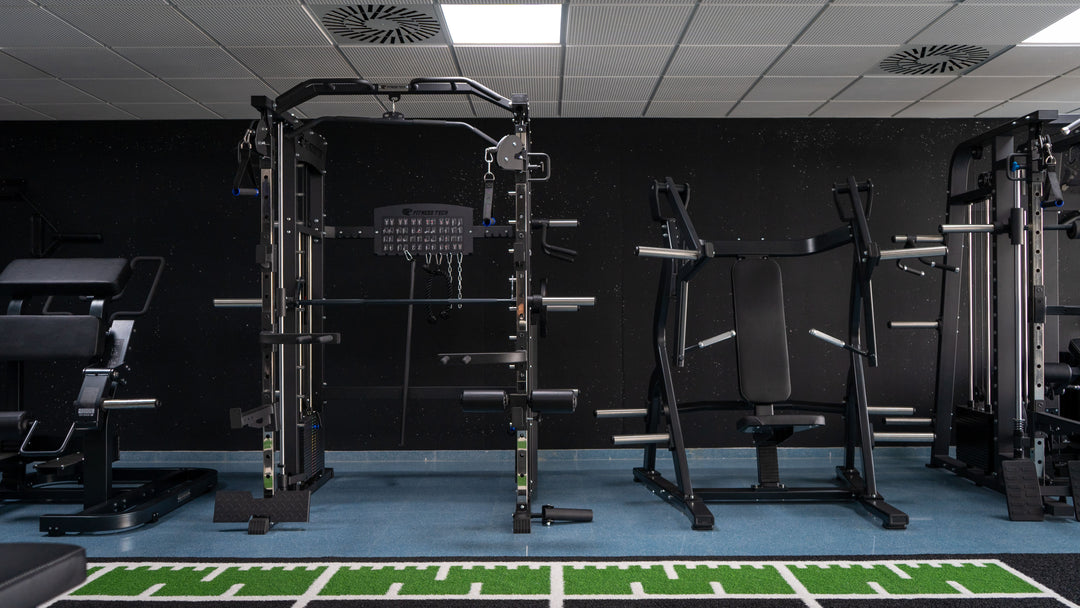Everything you need to know about weight plates

The weight plates are used to increase the intensity of exercise routines performed in gyms and physical training centers. They can be used to work out most of the body's muscle groups and are mainly responsible for gaining muscle mass through the repetition of several predefined exercise sequences.
The plates that make up the weights are resistant and very compact elements. What material is used to make them? What makes them so strong? Can they break in any way? Keep reading and we'll tell you everything.
What types of sports can be done with weight plates?

Weight plates are used in various sports to increase the intensity of exercises. While in some sports the weight is predetermined, in others it is customized by adding or removing these plates. Each user can use the amount of weight that best suits their physical capabilities.
One of the most popular sports that uses these weight plates is Crossfit, characterized by its high intensity, but they are also used in others where weight plays a significant role.
For example, in weightlifting or powerlifting, it is essential to measure the weight very precisely to suit the physical conditions of the athletes. This way, it is possible to find the perfect balance between physical effort and capacity, exercising the muscles without exposing them to injury.
What are weight plates made of?

As a general rule, weight plates are usually made of cast iron. It is a hard and very strong material, malleable and providing the plate with a high level of resistance. This is ideal for this purpose, as they are often handled roughly during exercise routines and are exposed to a really high level of wear.
Nowadays, rubber plates with professional handles are widely used to cushion impacts in case they are dropped on the floor and to improve grip. However, it is still advisable to avoid hitting feet or other body parts with them and, if possible, handle them on a rubber floor or another material capable of absorbing shocks without causing damage.
Cast iron is an ideal material for making these weight plates, as it can be shaped at high temperatures as desired, and when cooled, it is a highly resistant, solid, very compact material that can take any shape a container can give it.
In fact, solid iron has been used to make bodybuilding objects for decades. As early as the 19th century, balls made of this material were used to exercise the body. Balls that were attached to a bar by hollow spheres.
The concept evolved, balls stopped being used and were replaced by weight plates, easier to handle with their flat structure despite the weight. That new concept is the one adopted in the 20th century and has lasted until today, with models of iron plates of incredible durability like those used for Body Pump.
Over time, and for the sake of safety, some Olympic plates have been made of polyurethane. It is a more expensive material but offers an extra level of safety and durability. That is why these plates are usually intended for official competitions.
Are other materials used to manufacture weight plates?

Weight plates that are not painted are usually made of iron, and their weight can be distinguished by the reliefs on their surface. However, those that use the color code are usually made with very dense rubber. Paint alone, over time, would disappear from the iron surface and make handling uncomfortable, leaving paint residue on the hands.
On the other hand, the use of rubber facilitates the use of color, as it is an inherent part of the material. There are other plates that may be made of urethane, with similar characteristics but much more resistant, although it is too expensive for those who prefer a more budget-friendly alternative.
But that doesn't mean it's impossible to buy good rubber quality. In fact, at Fitness Tech we have a wide variety of plates in our bumper plates, where users can find a wide variety of weight plate kits made of both rubber and iron.
How are rubber weight plates made? Usually, the virgin rubber it is processed until a very smooth texture is obtained, and then it is cut into discs slightly larger than the center iron.
Then, the rubber is placed in a mold that includes the steel hub, and a machine heats and compresses the rubber plate to obtain the precise dimensions. This way, a plate of the desired weight is obtained, with a very small margin of error.
Why do some plates have different colors?

Although it is common to find weight plates as they are, without embellishments or decorations (at most, some brand or logo, as happens with the rubber plates used for weights), the truth is that it is possible to find plates of different colors. Does that mean they are made of a lighter material?
Not at all. In fact, color codes are used so that users can differentiate, just by a glance, the different weights available to them.
The black color is usually reserved for the lighter plates. Since the color of cast iron when cooled is dark, often it is chosen not to paint it or to leave it as is. These plates are usually, at most, 5 kilograms.
It is also possible that the white color is used to differentiate the lighter plates, in order to distinguish them precisely from the unpainted plates that leave the natural color of cooled iron exposed. This type of plate is widely used for exercises, both upper and lower body, where the user needs more training, as they are plates used by beginners or to slightly increase the weight of the bar.
The green colored plates are the 10-kilogram ones. They are used for low to medium resistance levels and also for moderate weight increments.
The yellow plates are the weight plates that reach 15 kilograms. These are used not to make weight adjustments, but to save the trouble of having to place several plates on the bar. Instead of using one green and one black or white to add up to 15 kilograms, one yellow plate is placed, saving time and making it more comfortable to mount and dismount the bar.
The blue plates are the second heaviest. Their 20 kilograms are reserved for those who already have experience in weightlifting or want to maximize their efforts during their exercise routines.
The same applies to the red plates, the 25-kilogram ones, used by those who have developed the most muscle and can endure the most resistance in their exercises. Just like the 15-kilogram ones, they are designed to facilitate handling exact amounts by manipulating a single plate, instead of using one blue and one black or white to add up the same amount of weight.






Leave a comment